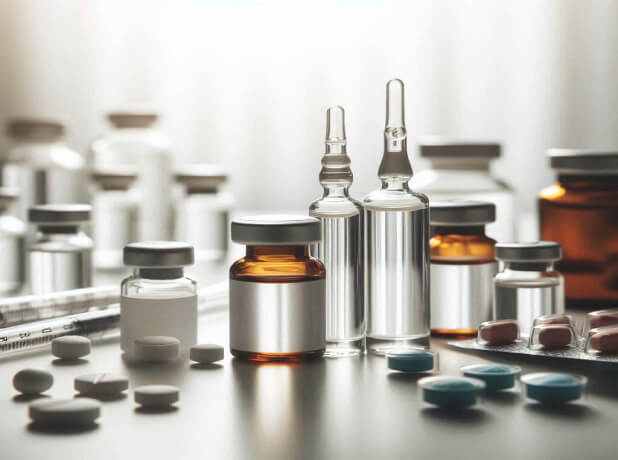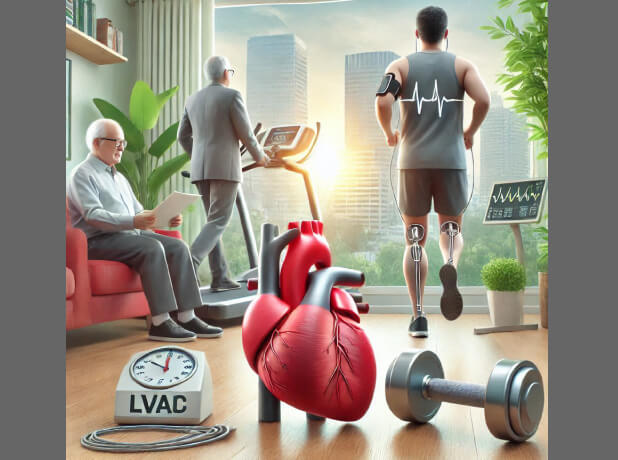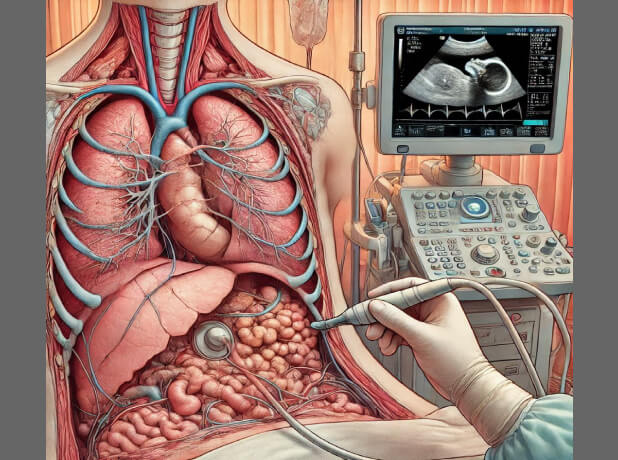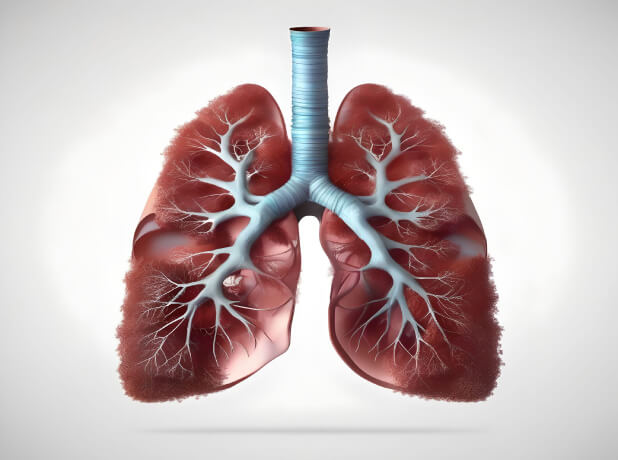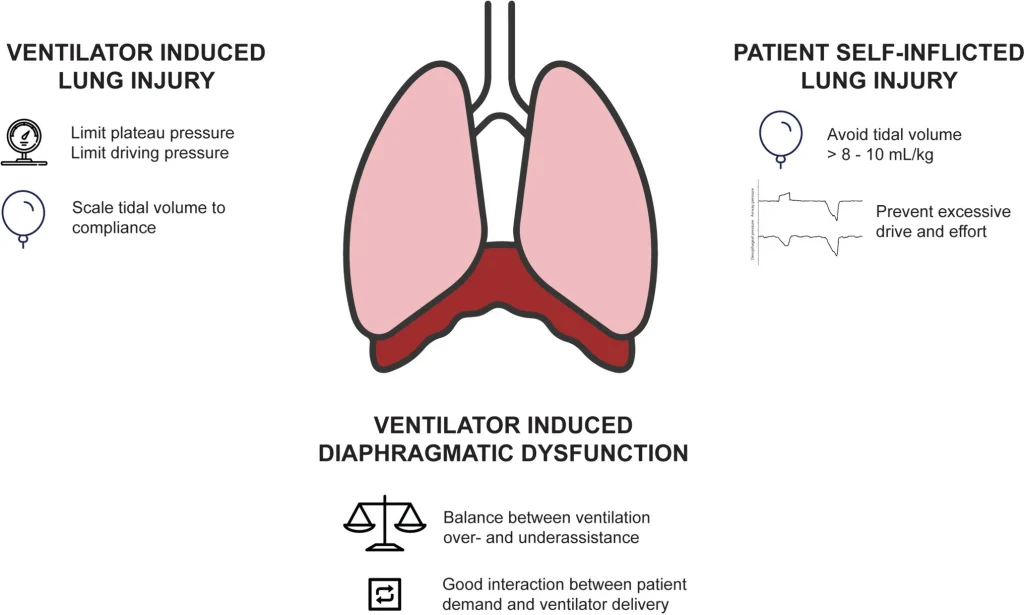Increased sound levels in the cardiac ICU are associated with an increase in heart rate, blood pressure, and sedation
Abstract Background: Several organizations including the Environmental Protection Agency, World Health Organization and American Academy of Pediatrics recommend that hospital sound levels not exceed 45 decibels. Yet, several studies across multiple age groups have observed higher than recommended levels in the intensive care setting. Elevated sound levels in hospitals have been associated with disturbances […]

